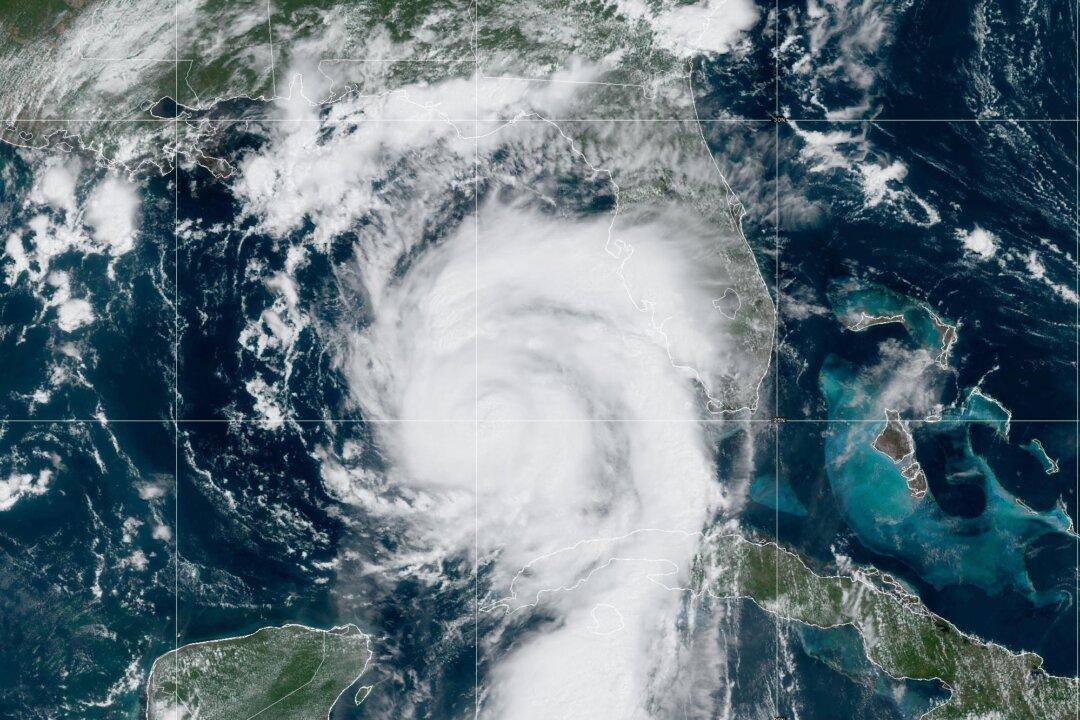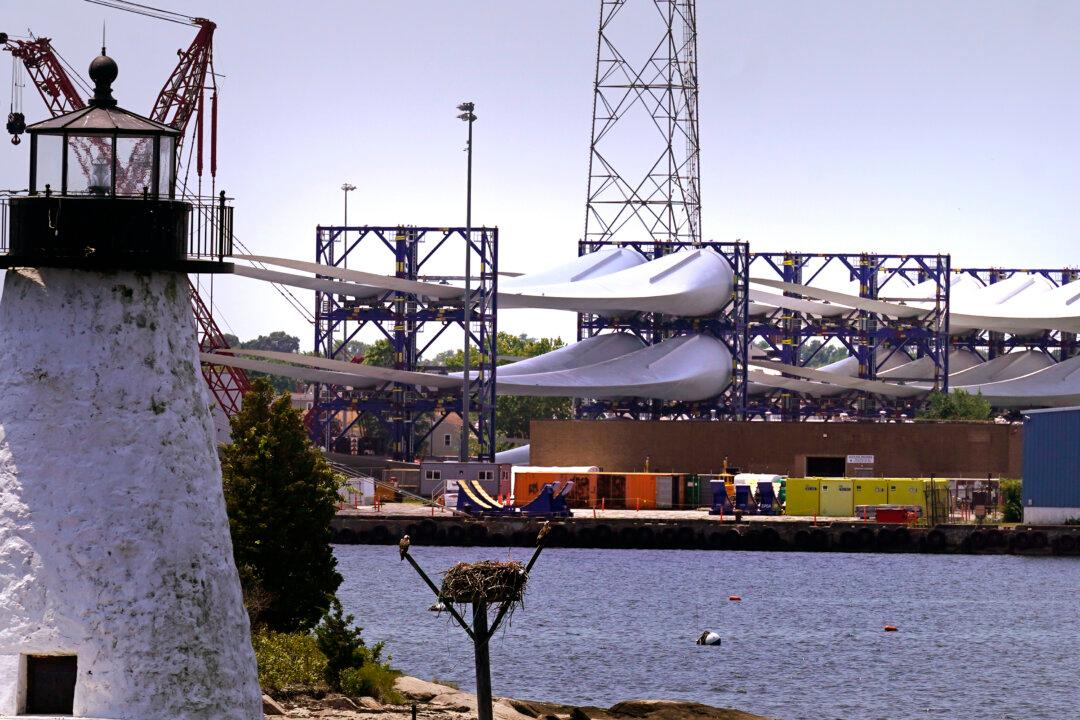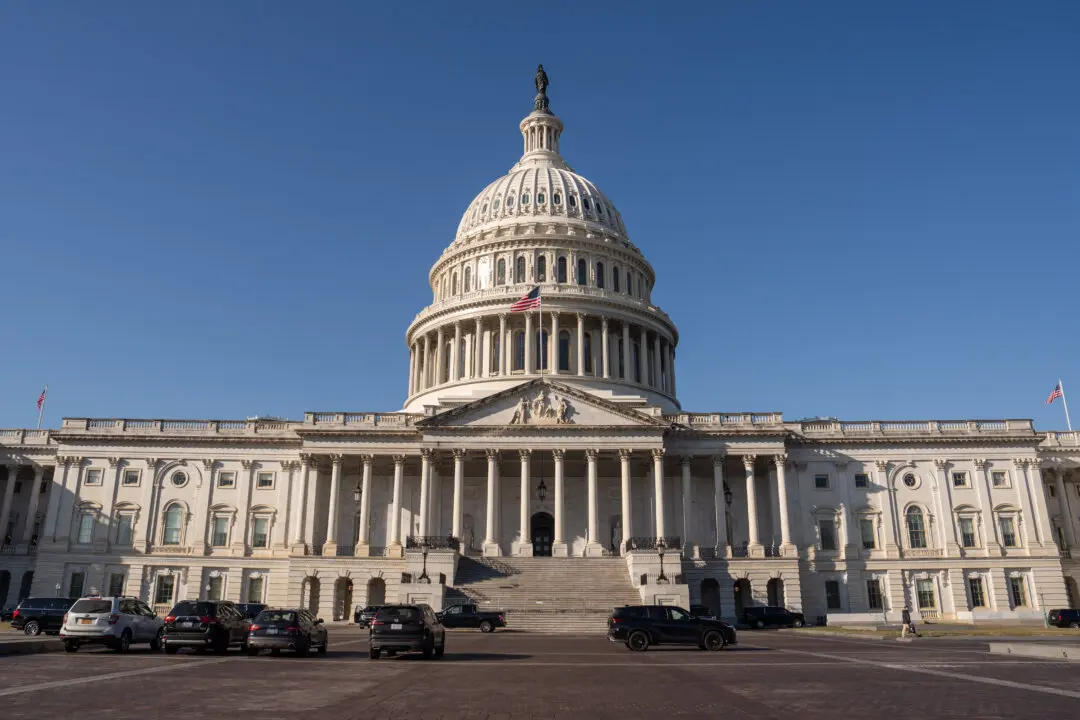The first squalls of Hurricane Idalia began hitting Florida early this afternoon (Aug. 29)—with people in Key West and along the southwest coast its initial recipients.
The intensifying storm continues on its path towards Florida’s Big Bend Gulf Coast and is expected to reach Category 3 before it makes landfall on Aug. 30, the National Hurricane Center’s 2 p.m. advisory reported.





